Never Visit The Pharmacy Again, Grow Your Own Medicinal Garden
Got an ache or pain? Why head down to the closest pharmacy when you can grow your own medicine straight from the source? Imagine growing your own medicinal garden free of additives, preservatives, ingredients you can’t pronounce and harmful chemicals. There are over 1,000 plants that can treat ailments ranging from a simple headache to health ailments more debilitating. Click here for a guide to the multitude of healing plants that might already be in your own backyard.
Keep reading to find out which medicinal plants you can start growing today, hassle free.
Aloe Vera
Aloe vera is best known as a treatment for scrapes and burns, but this medicinal herb has a wide range of uses. Its antioxidant and anti-inflammatory properties make it ideal for treating digestive problems, swelling, and for cardiovascular health. Aloe vera can be used topically and mixed into a drink.
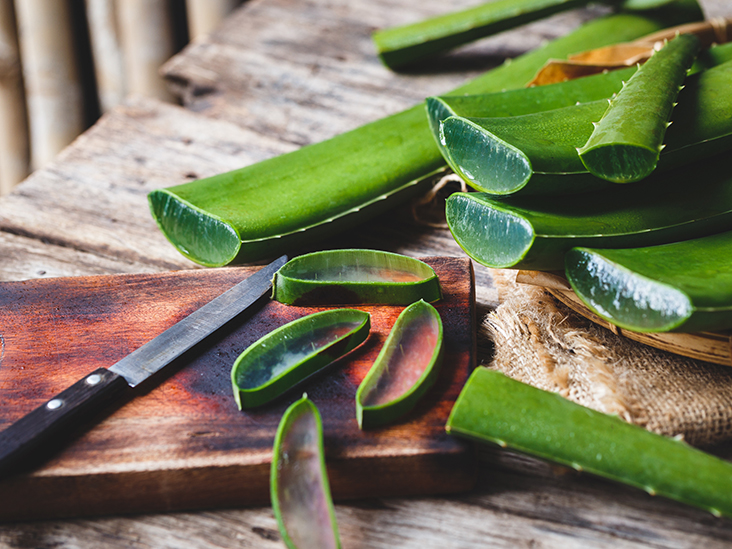
- Grow in a dry climate
- Use cactus soil mixture
- Make sure that the pot has plenty of drainage holes.
- Provide proper sunlight facing a window or outdoors.
Chamomile
chamomile is a valuable medicinal plant that can treat dozens of conditions, including aches and pain, upset stomach, the common cold, wounds, and burns. This herb also promotes relaxation and is widely popular brewed into tea as a sleep aid.
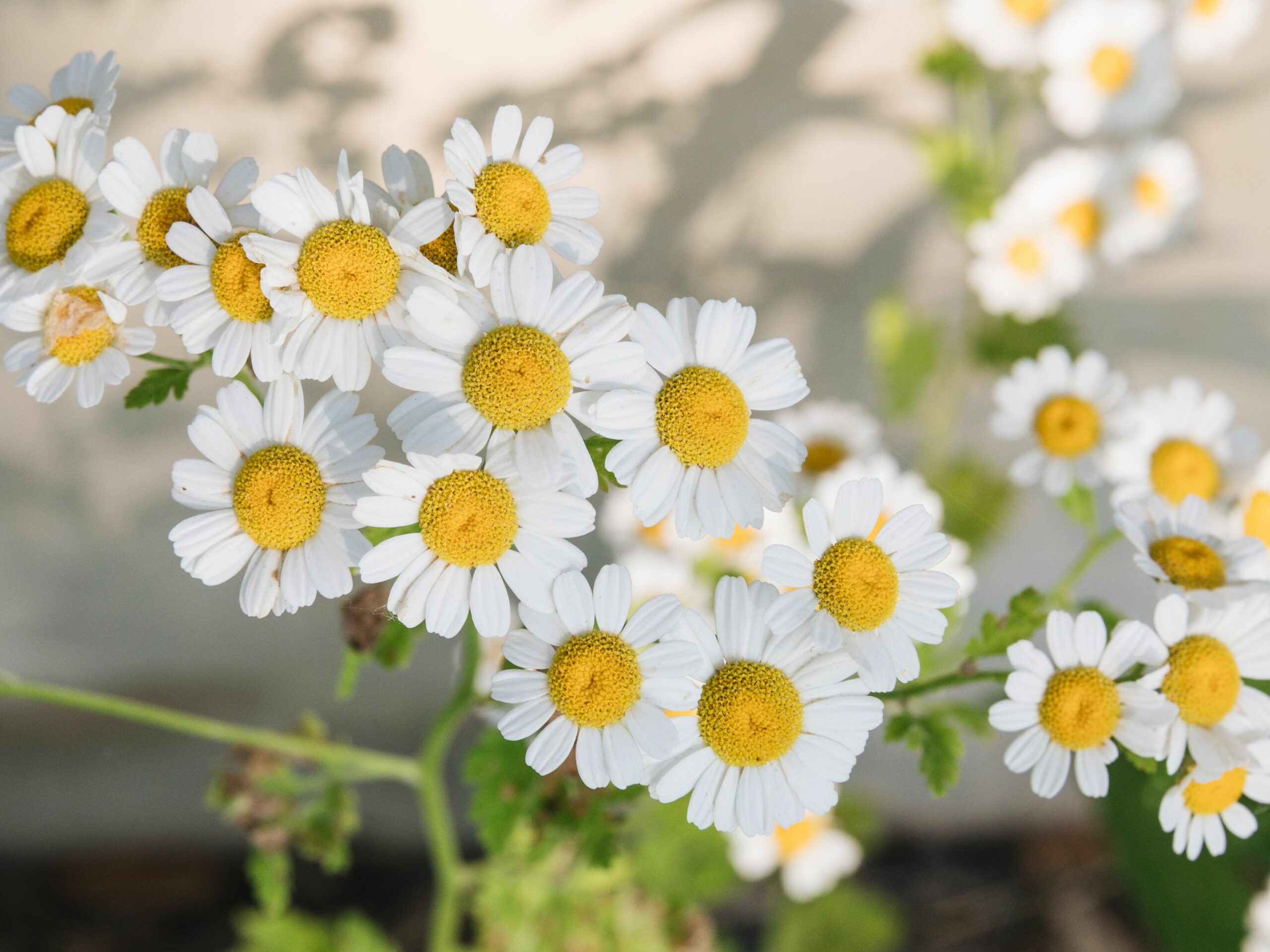
- Start seeds indoors, about six weeks before the last expected frost.
- Scatter the seed and press firmly onto the soil, but do not cover the seed with soil. Seeds will germinate in seven to fourteen days.
- Watch them grow!
Echinacea
There are several different species of echinacea (also known as coneflower), that show off in late summer. What makes this herb so special as a medicinal plant is its ability to treat such a wide array of ailments. Echinacea is most commonly known as an immune system booster, but it’s also an effective anti-inflammatory and antiviral treatment for wounds, burns, stings, and snakebites.

- Seed in partial sunlight outdoors.
- Use bulky soil (not wet)
- Grow 18 inches between plants.
- Water regularly. Best planted in the spring or fall.
Peppermint
Peppermint is excellent for an upset stomach, irritable bowel syndrome, heartburn and fevers. Peppermint is high in vitamins A and C, as well as manganese. It is both healthful and delicious when brewed into a tea, and it blends well with chamomile and lavender to promote relaxation.
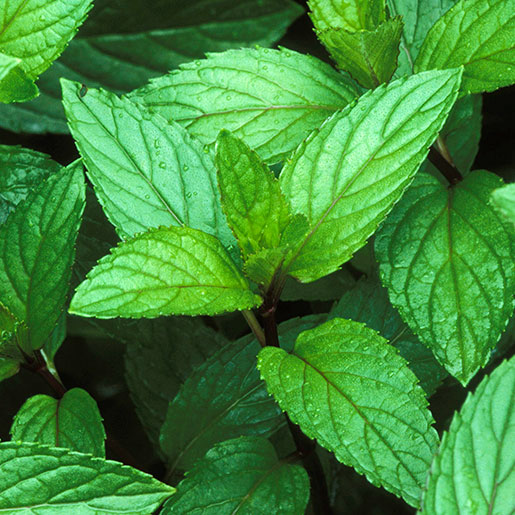
- Peppermint can grow indoors or outdoors in partial shade.
- Seed in in fertile, moist soil.
- Water daily.
- Trim appropriately.
Sage
Sage is popular for both cooking and medicinal use. sage is useful for soothing wounds, burns, and mouth infections, as well as for upset stomach, respiratory problems, and even anxiety. This medicinal herb was used during the Middle Ages, where it was noted for its healing properties. sage makes a fantastic soothing salve or can be taken as internally as a tea.
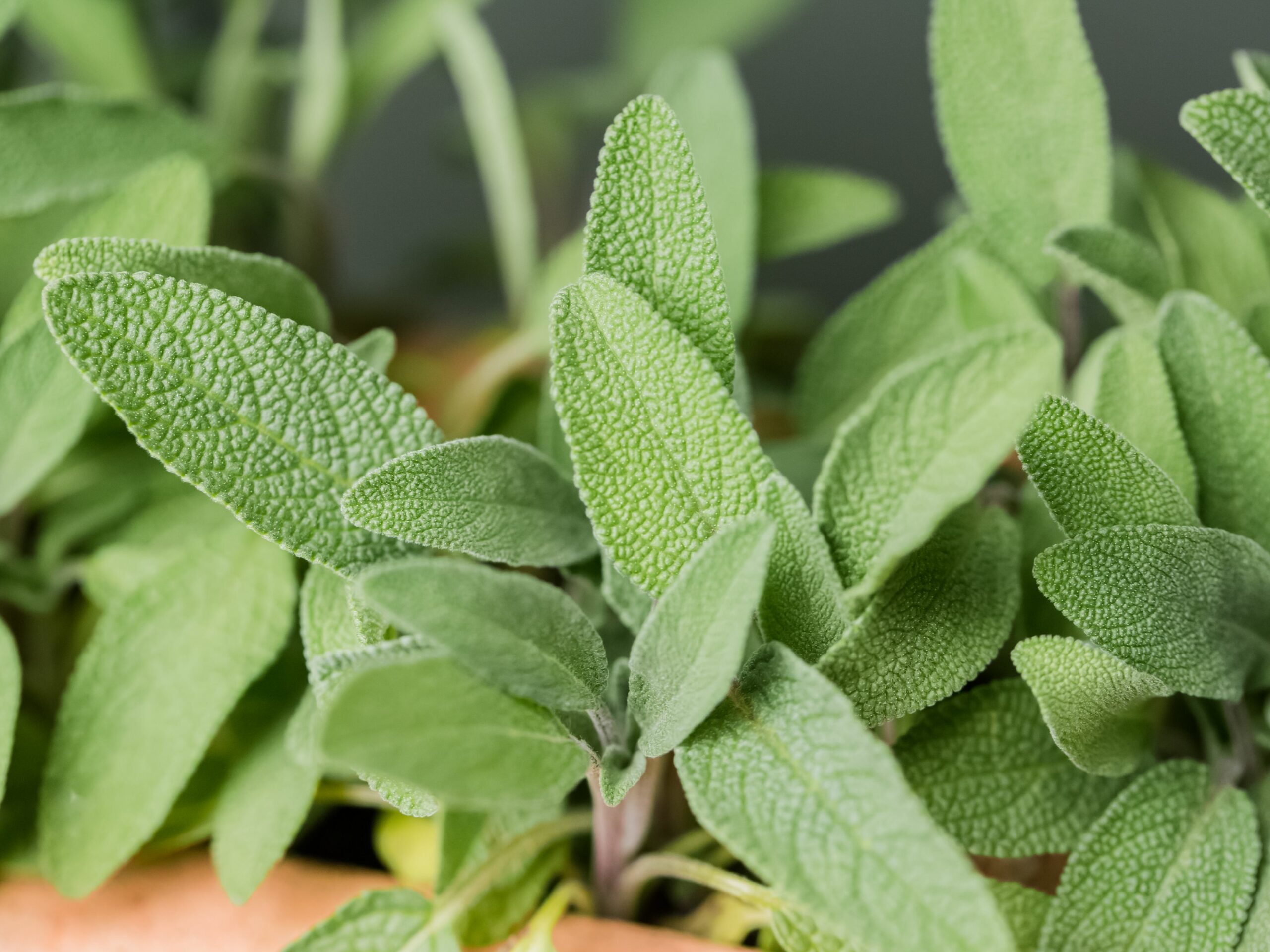
- Plant sage in full sun.
- Use well-draining soil; it won’t tolerate sitting in wet soil.
- For best growth, the soil should be between 60º and 70ºF.
Garlic
Garlic is beneficial to the cardiovascular and respiratory systems. it helps fight colds, infections, and even cancer. Garlic can also be used to detox the body, lower blood fat content, and promote overall well-being. This herb is an excellent source of manganese, vitamins C and B6, and selenium.
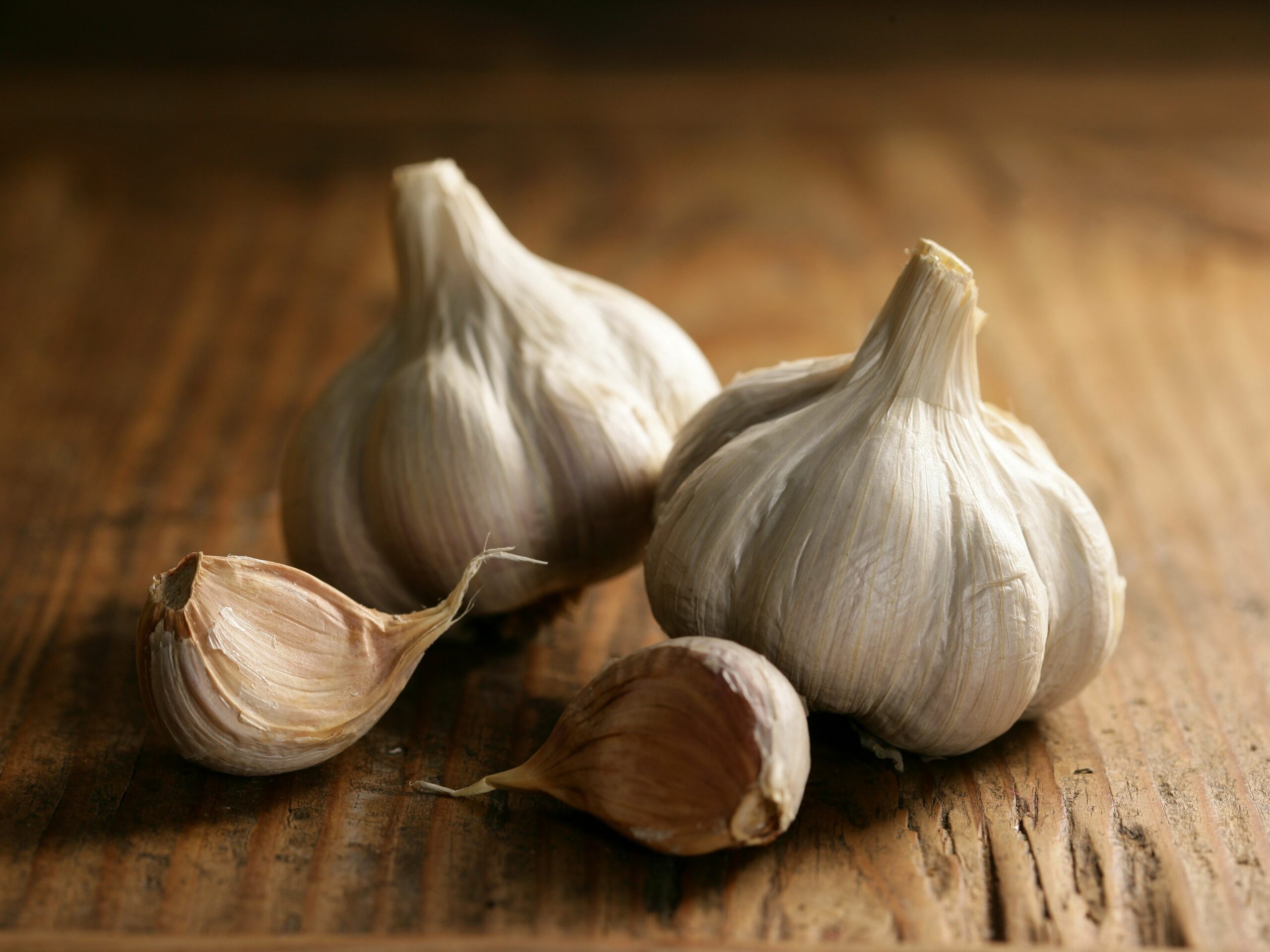
- Garlic grows from individual cloves broken off from a whole bulb.
- Each clove will multiply in the ground, forming a new bulb that consists of 5-10 cloves.
- Plant in partial or direct sunlight.
Lavender
Lavender has a wide variety of uses, especially for skin and mental health. This herb is an antiseptic and can treat burns, depression, insomnia, and stress. It is also helpful for skin and beauty care. Lavender can also be consumed in tea or cooken into your favorite meal.
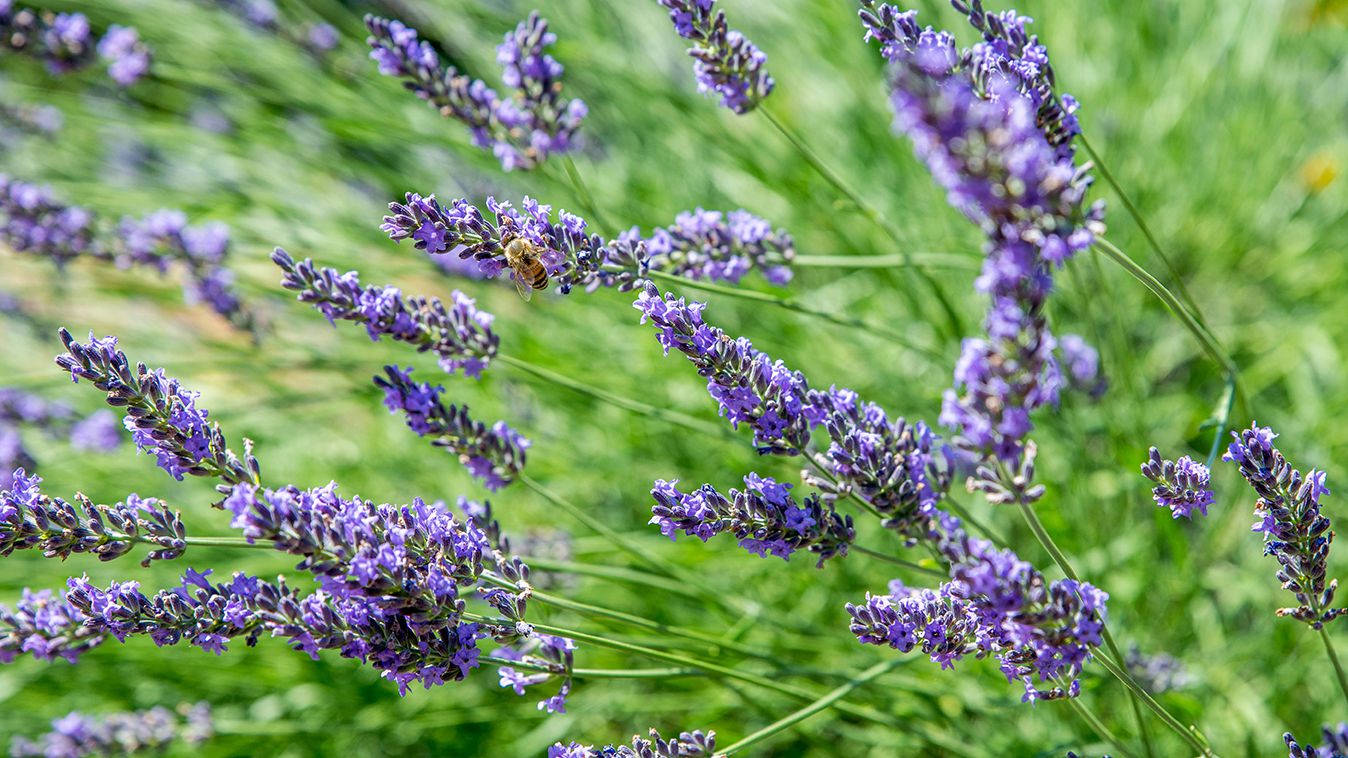
- Lavender needs full sun and well-drained soil to grow best.
- Afternoon shade may help them thrive.
- Grows best in low to moderately-fertile soils.
- Lavender performs best in neutral to slightly alkaline soils.
How To Use Medicinally

Medicinal herbs can be used in a wide variety of ways. Tinctures, tea, salves, capsules, oils or simply mixed into your favorite meal. Some methods are bettwr tan others depending on your specific type of ailment. No matter which method you choose, your bound to notice positive results within your body and mind.
Tinctures: Tinctures are liquid herbal concentrates. They are usually made with grain alcohol, water, and one or more herbs to create a concentrated elixir that can be dosed out in drops.
Salves: Salves can be made with several different materials. Beeswax, olive oil, shea butter and coconut oil are all great delivery systems for herbs and flowers. They are only for topical use, and they can also help protect and heal the skin. some salve’s are anti-fungal, antiseptic, or contain anti-inflammatory properties.
Teas: Teas are infusions that steep dried herbs in hot water. They are an effective way to take herbal medicine internally and are easy to prepare.
Essential oils: Herbal oils are an ideal way to make an herbal concentrate and work best when made with aromatic medicinal herbs such as lavender, ginger, and peppermint. Although long lasting, herbal oils must be stored in brown glass containers to retain their therapeutic value.
Additional Medicinal Plants
Early I noted that there are thousands of medicinal plants we do not actively utilize.With the development of agriculture and medicine, we became less dependent on wild plants and this crucial knowledge was no longer taught. Native Americans ate over one thousand plants, yet most people nowadays know fewer than 20 different species. The Lost Ways contains almost all the edible and medicinal plants in North America, and it has colored pictures so you can easily identify them. Each one has comprehensive instructions on how to eat it or use it as a remedy.
With fewer and fewer people knowing this lost knowledge of medicinal plants, you’ll be one of the few when SHTF who never runs out of medicinal essentials. Click here for your copy of The Lost Ways. If you have any questions, feel free to comment below and we will reply promptly.
Visit: EZ Battery Reconditioning To Learn More here: http://www.survivalistdaily.com/ezbatteryreconditioning







Let me tell You a sad story ! There are no comments yet, but You can be first one to comment this article.
Write a comment